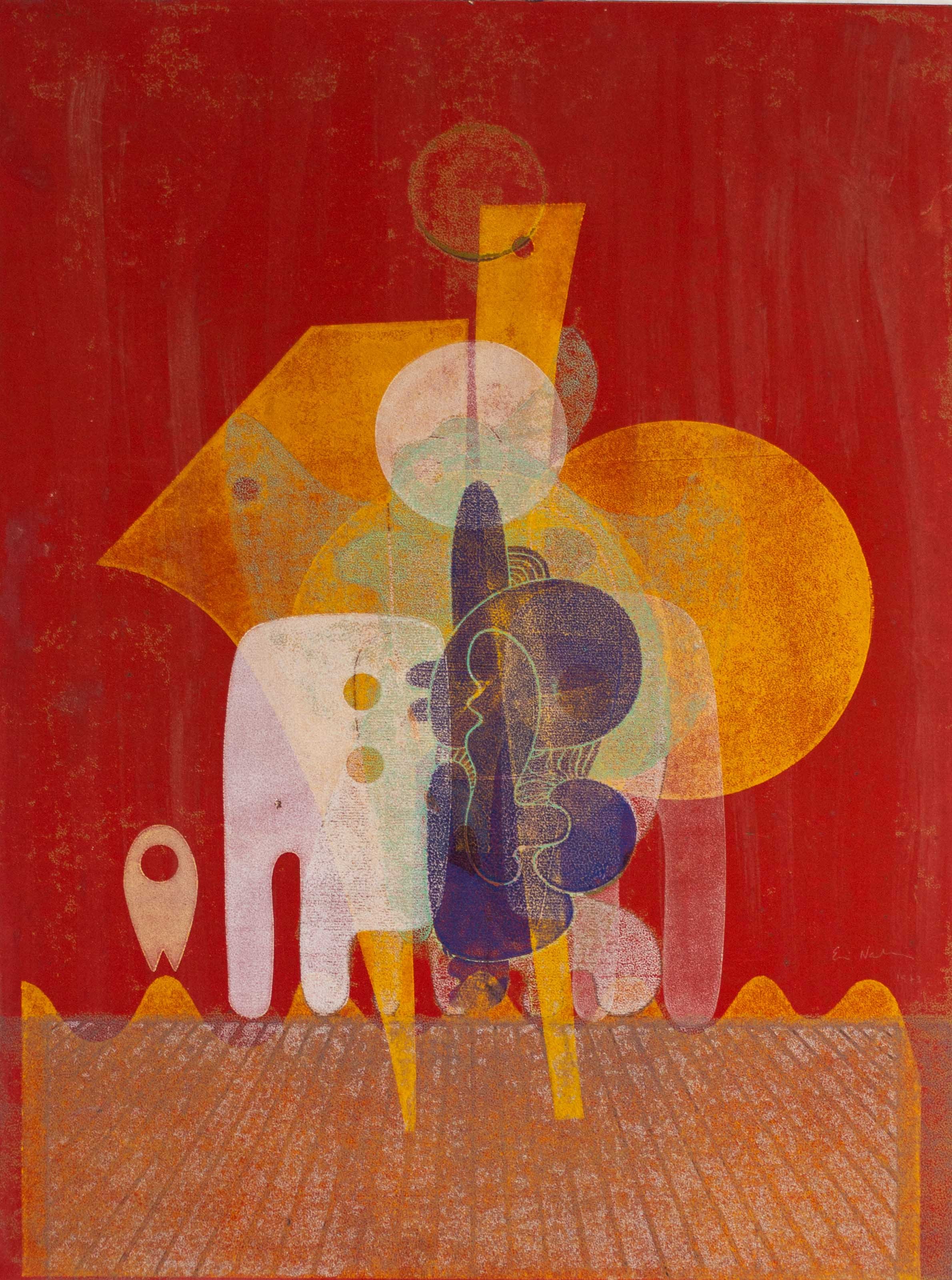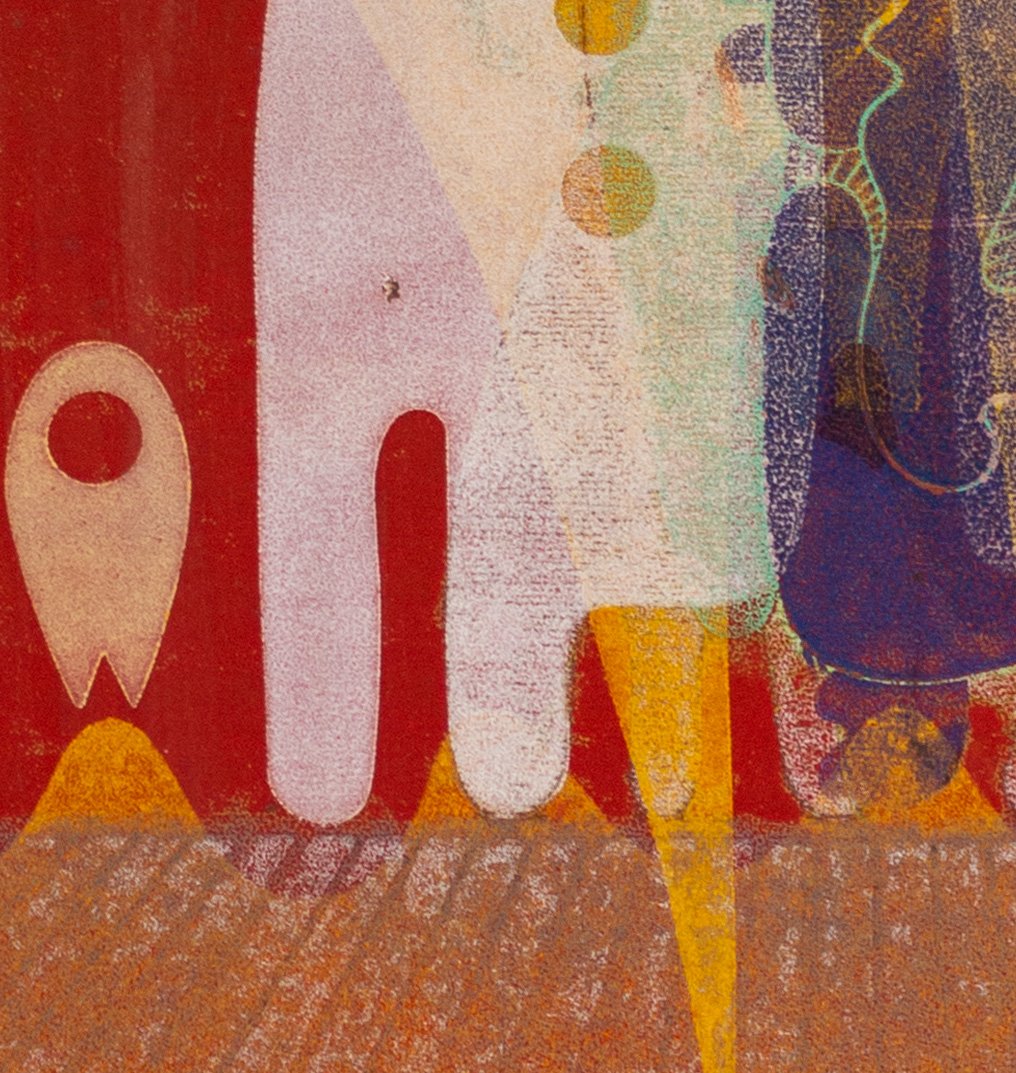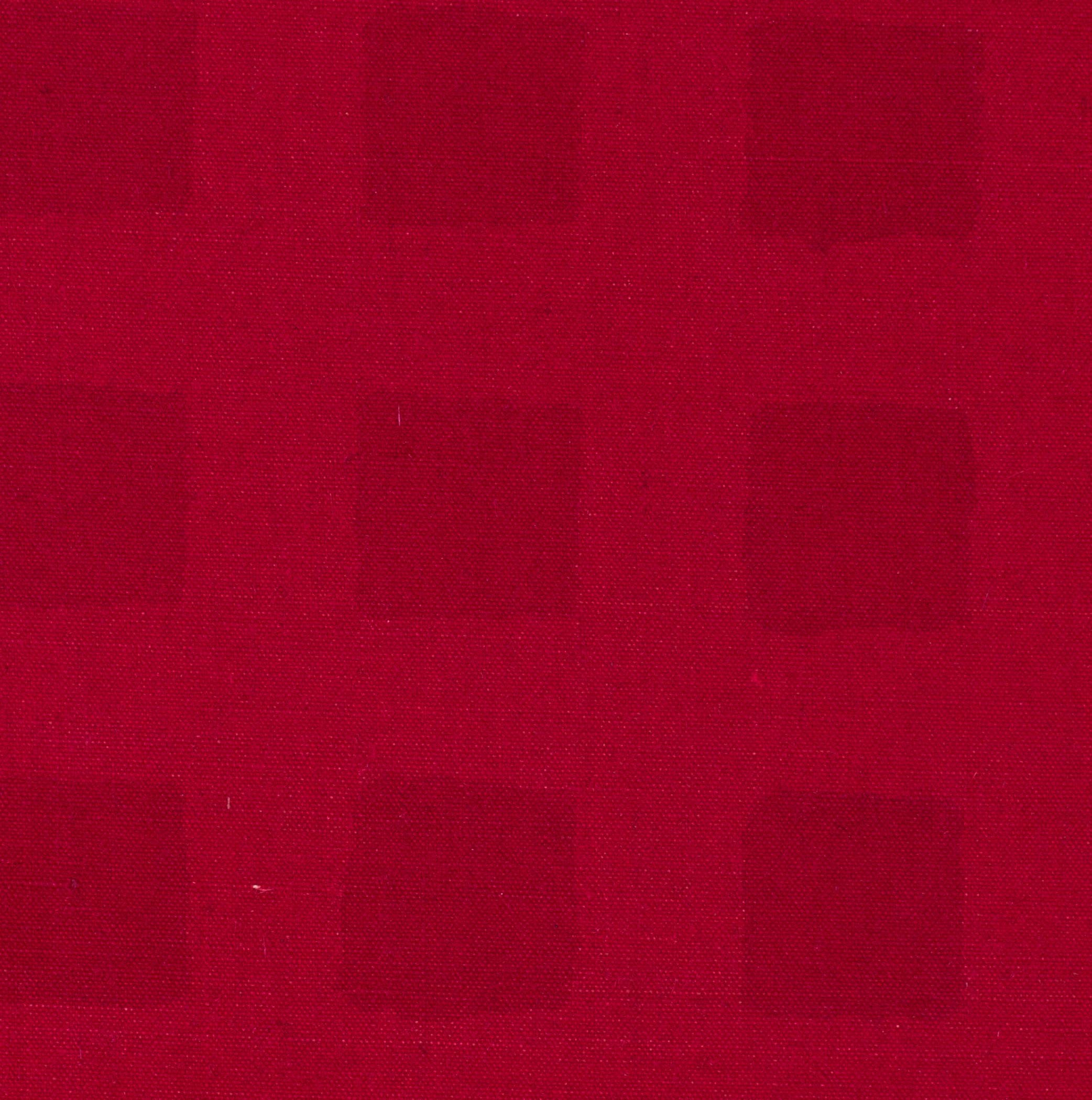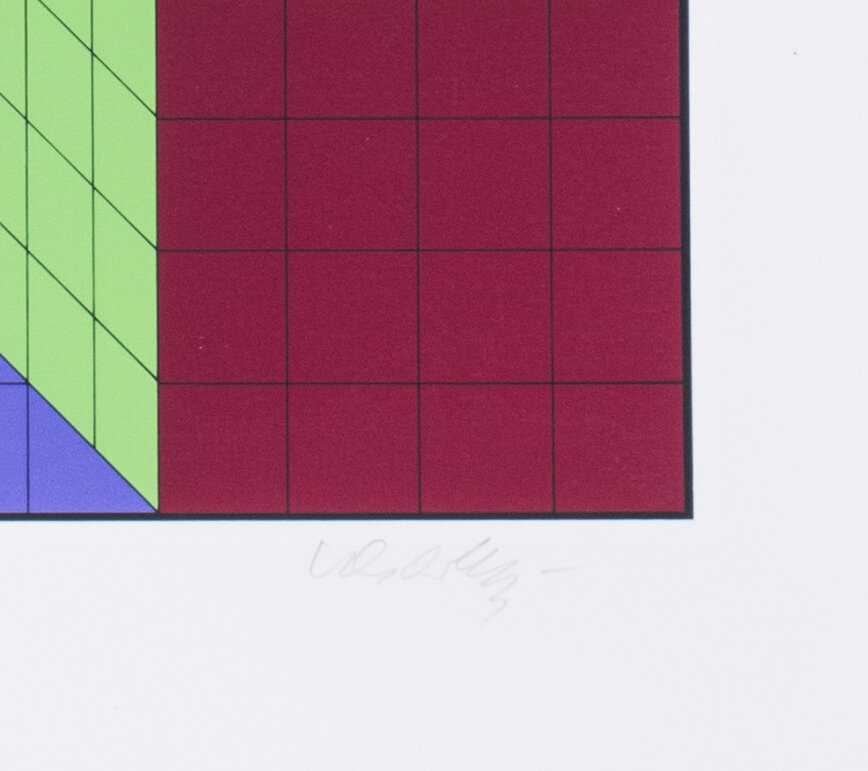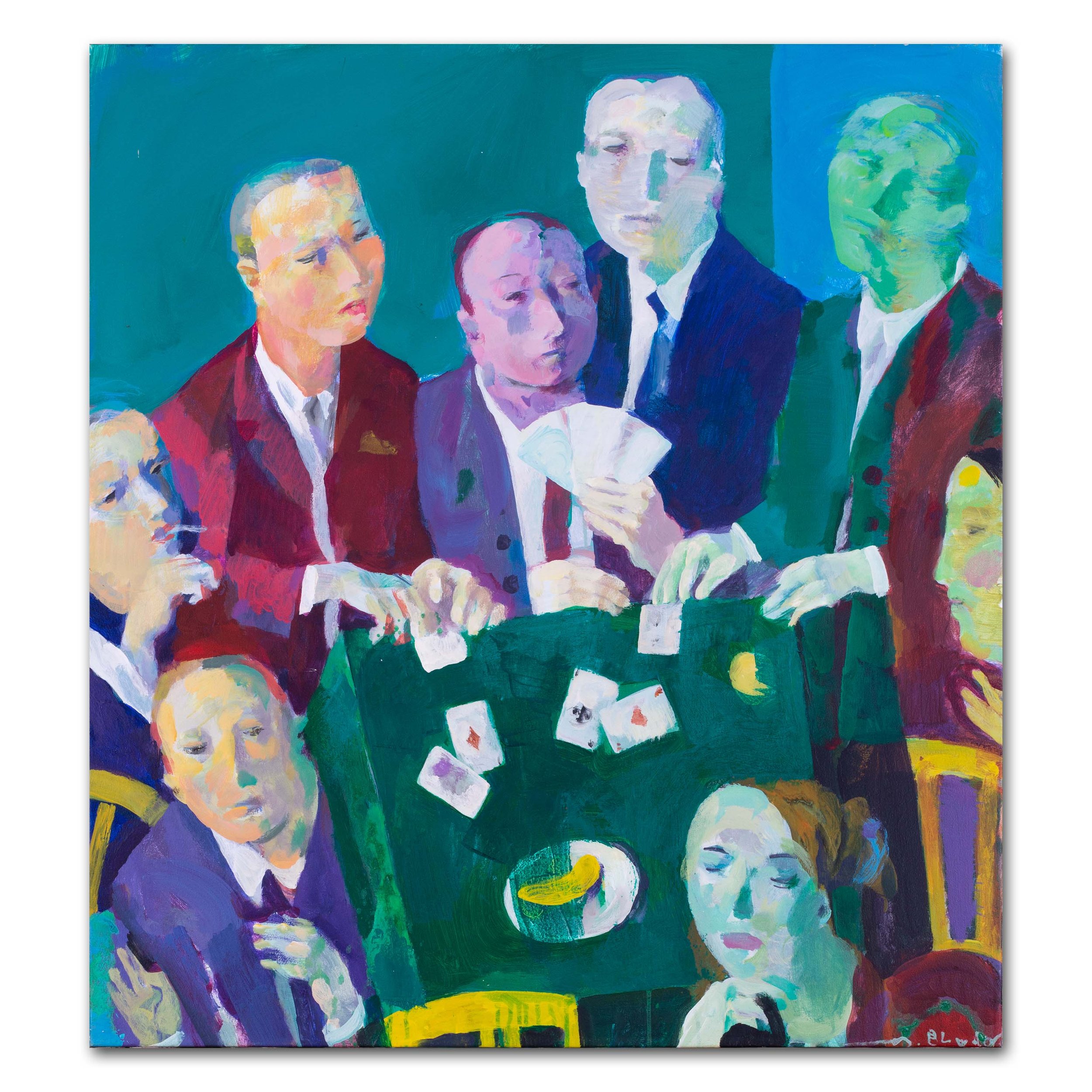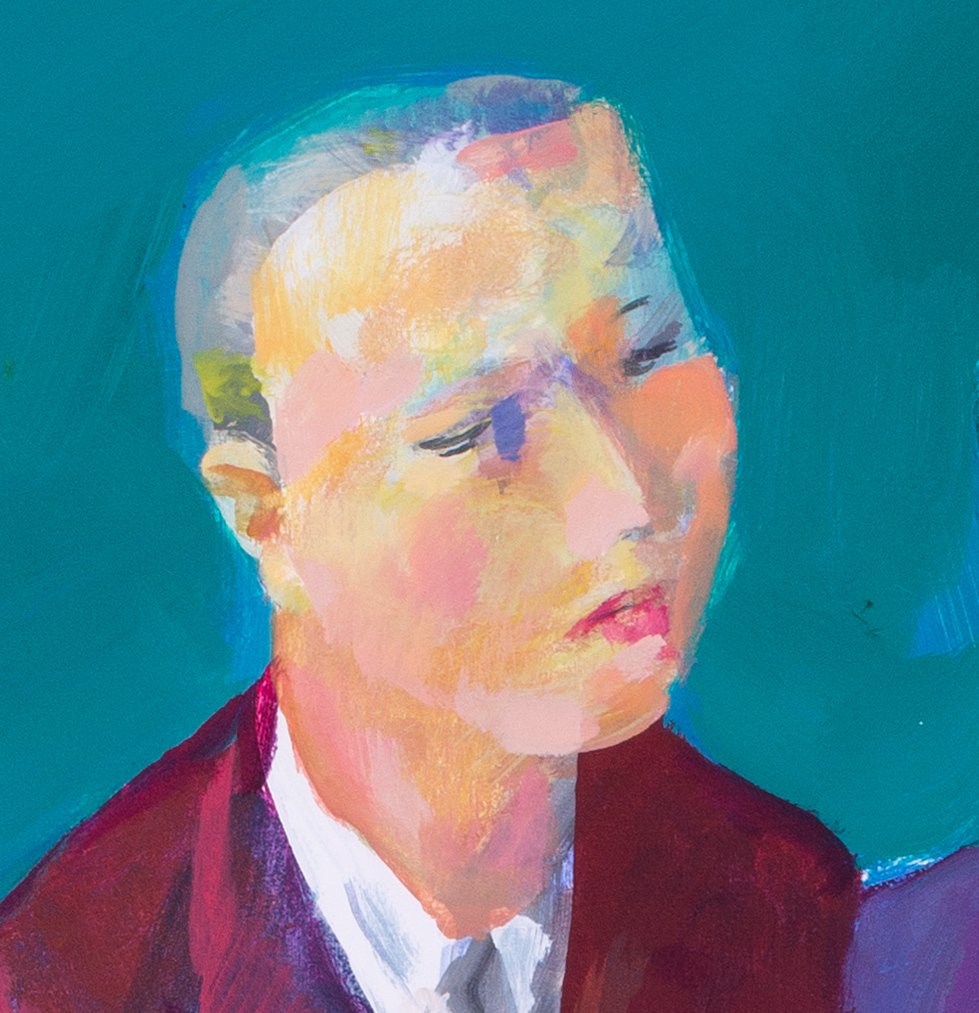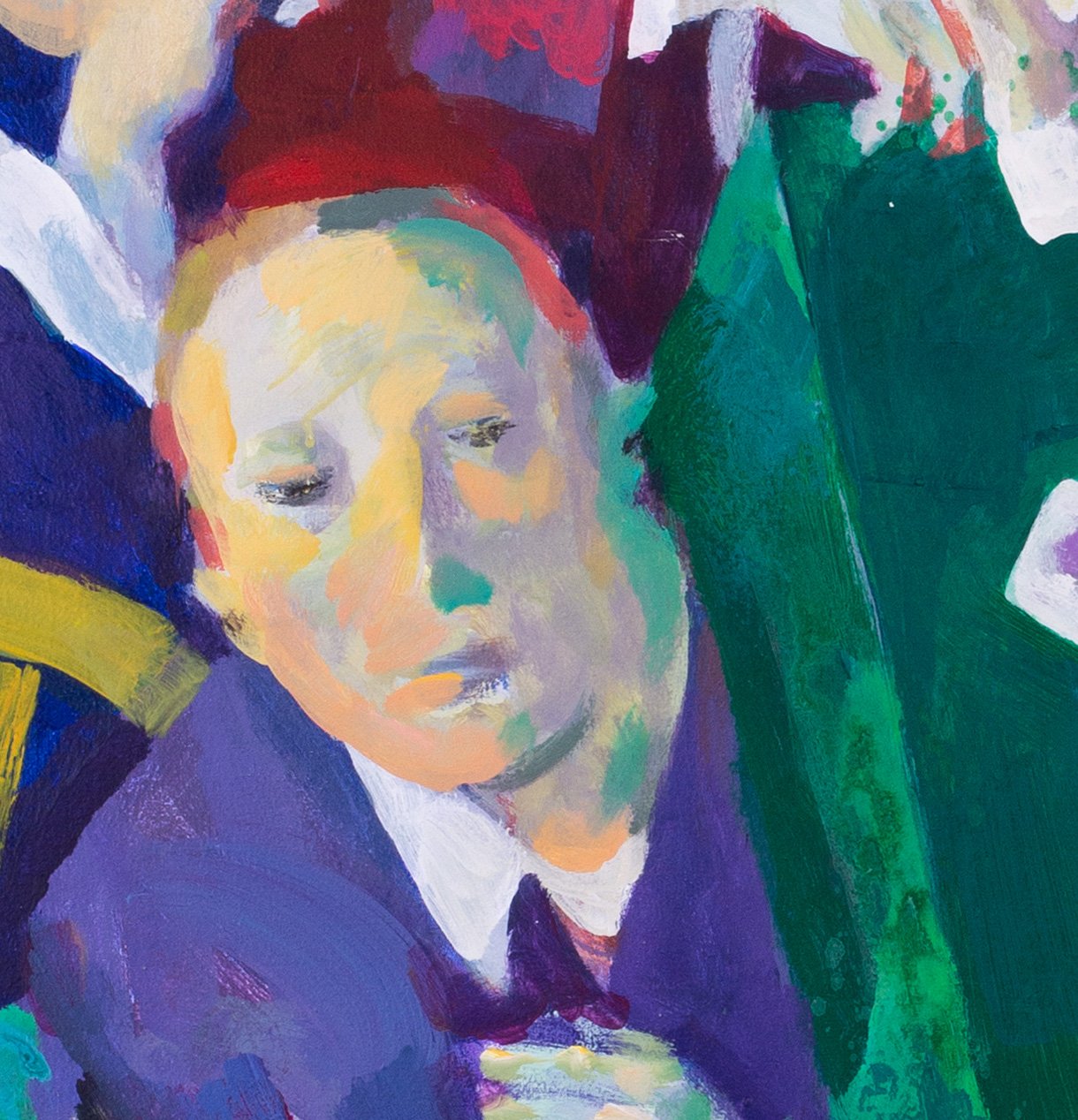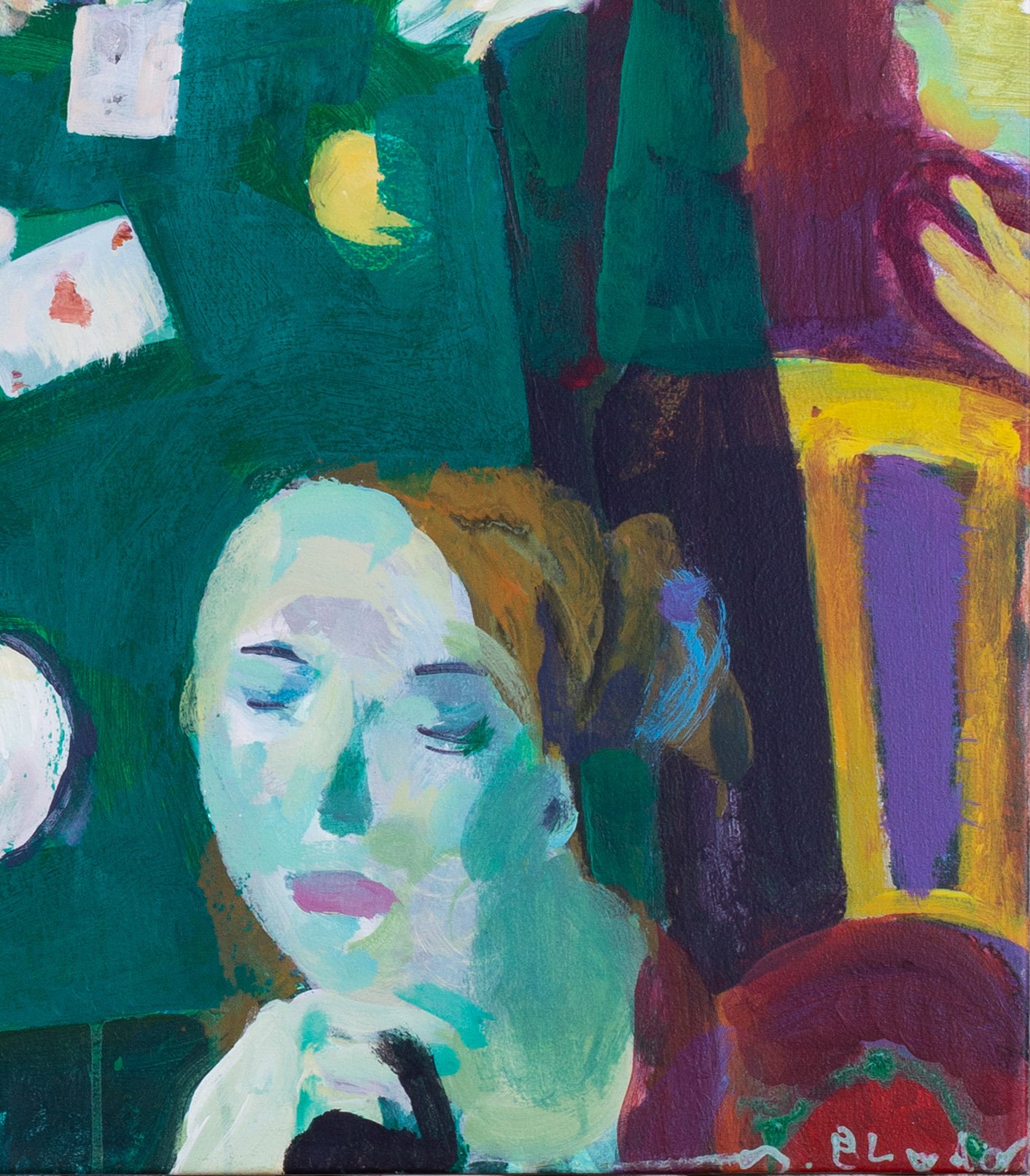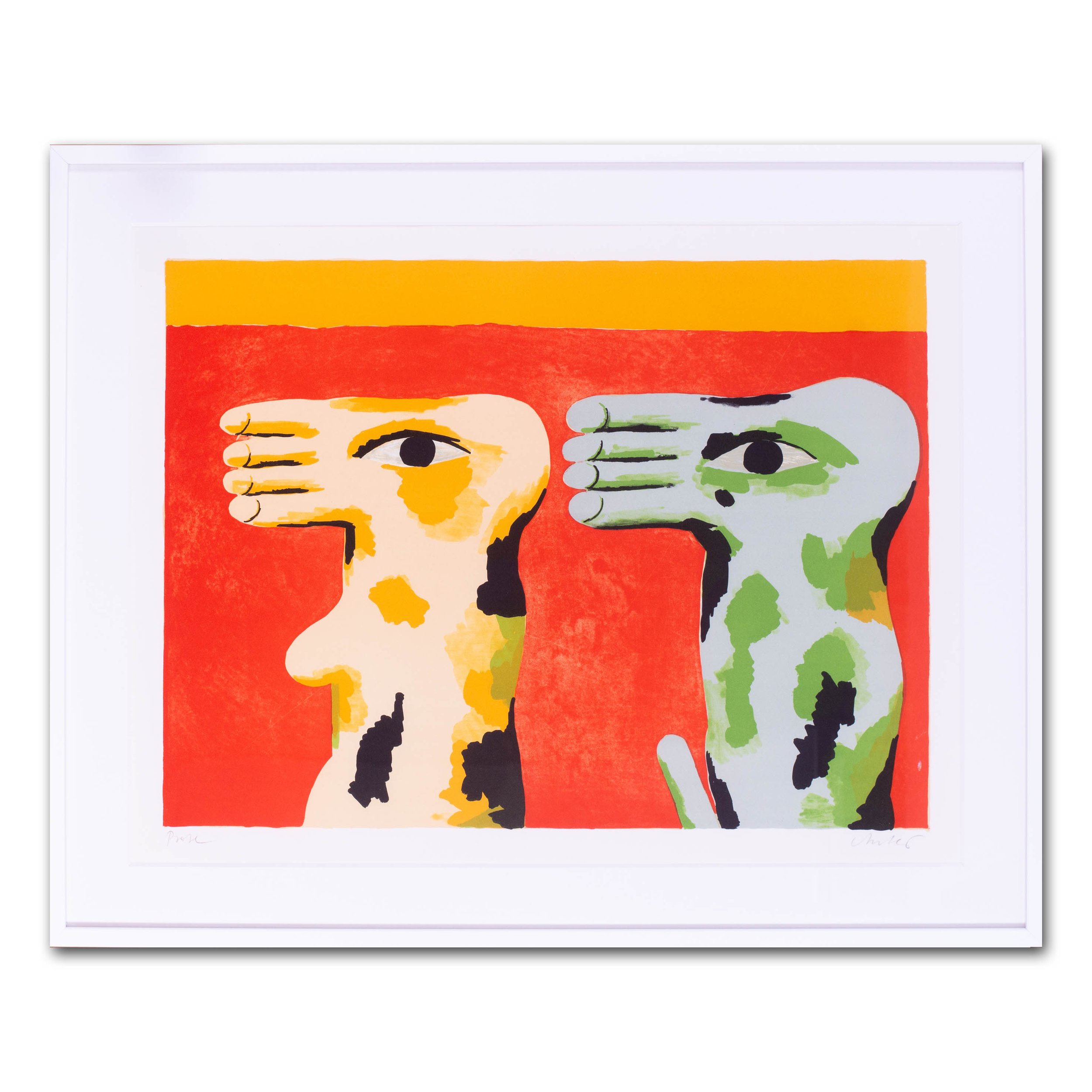 Image 1 of 6
Image 1 of 6

 Image 2 of 6
Image 2 of 6

 Image 3 of 6
Image 3 of 6

 Image 4 of 6
Image 4 of 6

 Image 5 of 6
Image 5 of 6

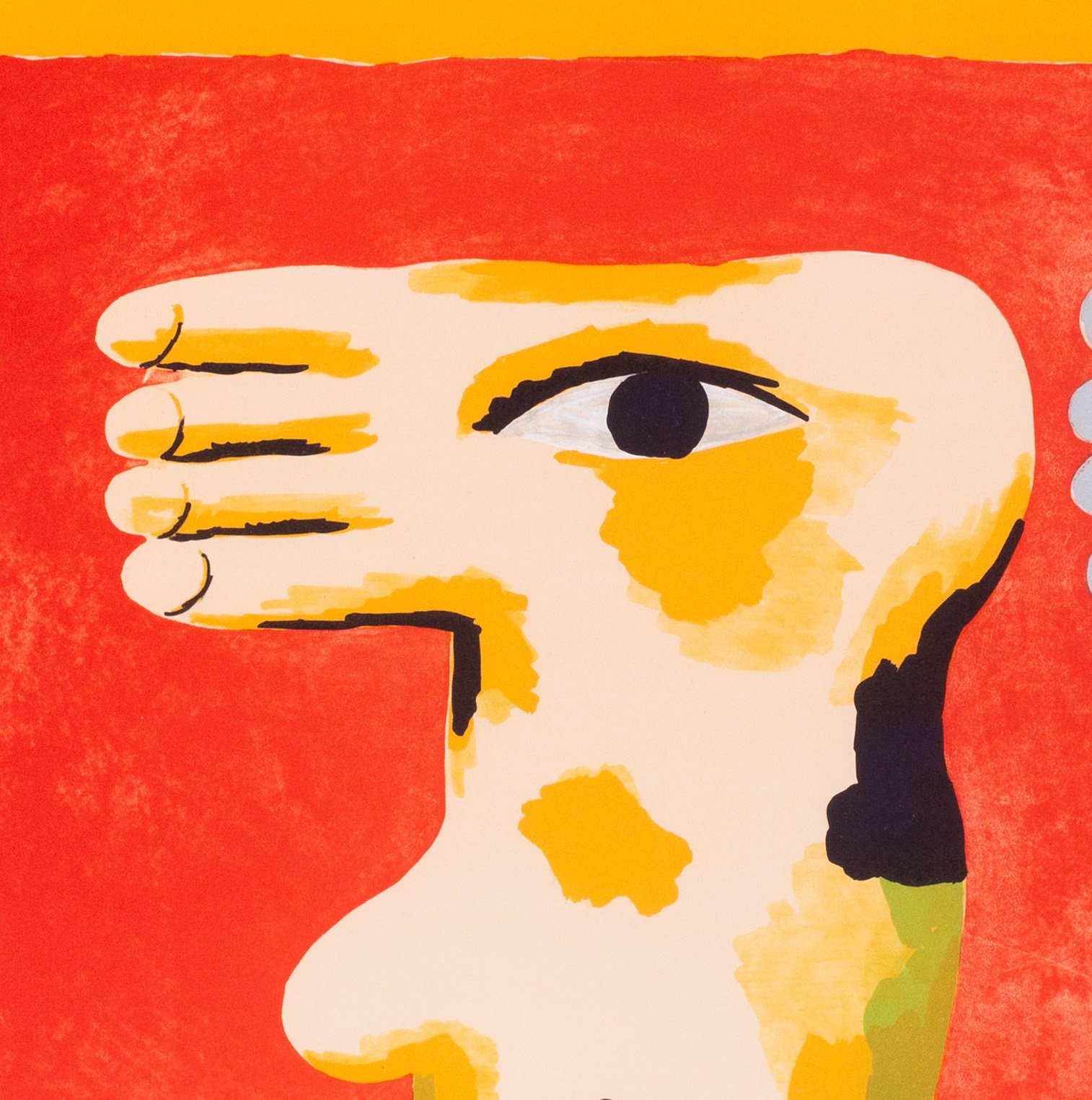 Image 6 of 6
Image 6 of 6







Horst Antes, 'Zwi Fusse'
Horst Antes (German, B. 1936)
Zwi Fusse (Two feet)
Signed ‘Antes’ (lower right) and inscribed ‘profe’ (lower right)
Executed in 1966 – 1968
Lithograph
22.3/4 x 28 in. (57.8 x 71.2 cm.) (including frame)
Horst Antes is a German painter, sculptor, engraver and lithographer born on 28 October 1936 in Heppenheim.
A painter of the New Figuration movement, Horst Antes was a student at the Karlsruhe Academy of Fine Arts from 1957 to 1959, where he was taught by the wood engraver HAP Grieshaber, an engaging character who taught him a solid technique.
His painting is linked to the international trend of narrative figuration. Although he won numerous prizes, this movement was not yet as popular as it later became. In the 1970s and early 1980s, Antes was an isolated and pioneering figure. Critical interest focused on this young painter, who had emerged unscathed from a Germany that had been disqualified in every respect and had repudiated all forms of living art, and whose works were in the wake of the Die Brücke, Blaue Reiter and Bauhaus movements of the 1930s. In a brief initial period, Antes' Expressionism can be compared to that of Max Beckmann and George Grosz, i.e. to the gritty Expressionism that manifested itself in the distraught Germany after its defeat in 1918.
But it was in 1960 that he gave an image of his personality by creating a highly schematised character that became his personal theme, perhaps influenced by Oskar Schlemmer, whose massive graphics encircle surfaces that are usually very vivid and colourful, with a certain sobriety of treatment. This being, a sort of gnome, has no torso. Its arms are fitted directly into the head under the eyes, and the legs under the chin. But to compensate for this lack of body, the head always has eyes, superimposed or not, or two pairs of superimposed eyes, as we sometimes find in Jawlensky or Paul Klee. These figures inspire less disgust than pity.
In the 1970s, he incorporated pieces of cardboard or rags into his paintings on canvas to enrich the textures and increase the strangeness of his figures. As a precursor of the new neo-expressionist figurations that appeared at the time in reaction against the domination of abstract and conceptual art, it seems likely that Antes wanted to testify to a despair of the human condition.
Horst Antes (German, B. 1936)
Zwi Fusse (Two feet)
Signed ‘Antes’ (lower right) and inscribed ‘profe’ (lower right)
Executed in 1966 – 1968
Lithograph
22.3/4 x 28 in. (57.8 x 71.2 cm.) (including frame)
Horst Antes is a German painter, sculptor, engraver and lithographer born on 28 October 1936 in Heppenheim.
A painter of the New Figuration movement, Horst Antes was a student at the Karlsruhe Academy of Fine Arts from 1957 to 1959, where he was taught by the wood engraver HAP Grieshaber, an engaging character who taught him a solid technique.
His painting is linked to the international trend of narrative figuration. Although he won numerous prizes, this movement was not yet as popular as it later became. In the 1970s and early 1980s, Antes was an isolated and pioneering figure. Critical interest focused on this young painter, who had emerged unscathed from a Germany that had been disqualified in every respect and had repudiated all forms of living art, and whose works were in the wake of the Die Brücke, Blaue Reiter and Bauhaus movements of the 1930s. In a brief initial period, Antes' Expressionism can be compared to that of Max Beckmann and George Grosz, i.e. to the gritty Expressionism that manifested itself in the distraught Germany after its defeat in 1918.
But it was in 1960 that he gave an image of his personality by creating a highly schematised character that became his personal theme, perhaps influenced by Oskar Schlemmer, whose massive graphics encircle surfaces that are usually very vivid and colourful, with a certain sobriety of treatment. This being, a sort of gnome, has no torso. Its arms are fitted directly into the head under the eyes, and the legs under the chin. But to compensate for this lack of body, the head always has eyes, superimposed or not, or two pairs of superimposed eyes, as we sometimes find in Jawlensky or Paul Klee. These figures inspire less disgust than pity.
In the 1970s, he incorporated pieces of cardboard or rags into his paintings on canvas to enrich the textures and increase the strangeness of his figures. As a precursor of the new neo-expressionist figurations that appeared at the time in reaction against the domination of abstract and conceptual art, it seems likely that Antes wanted to testify to a despair of the human condition.


